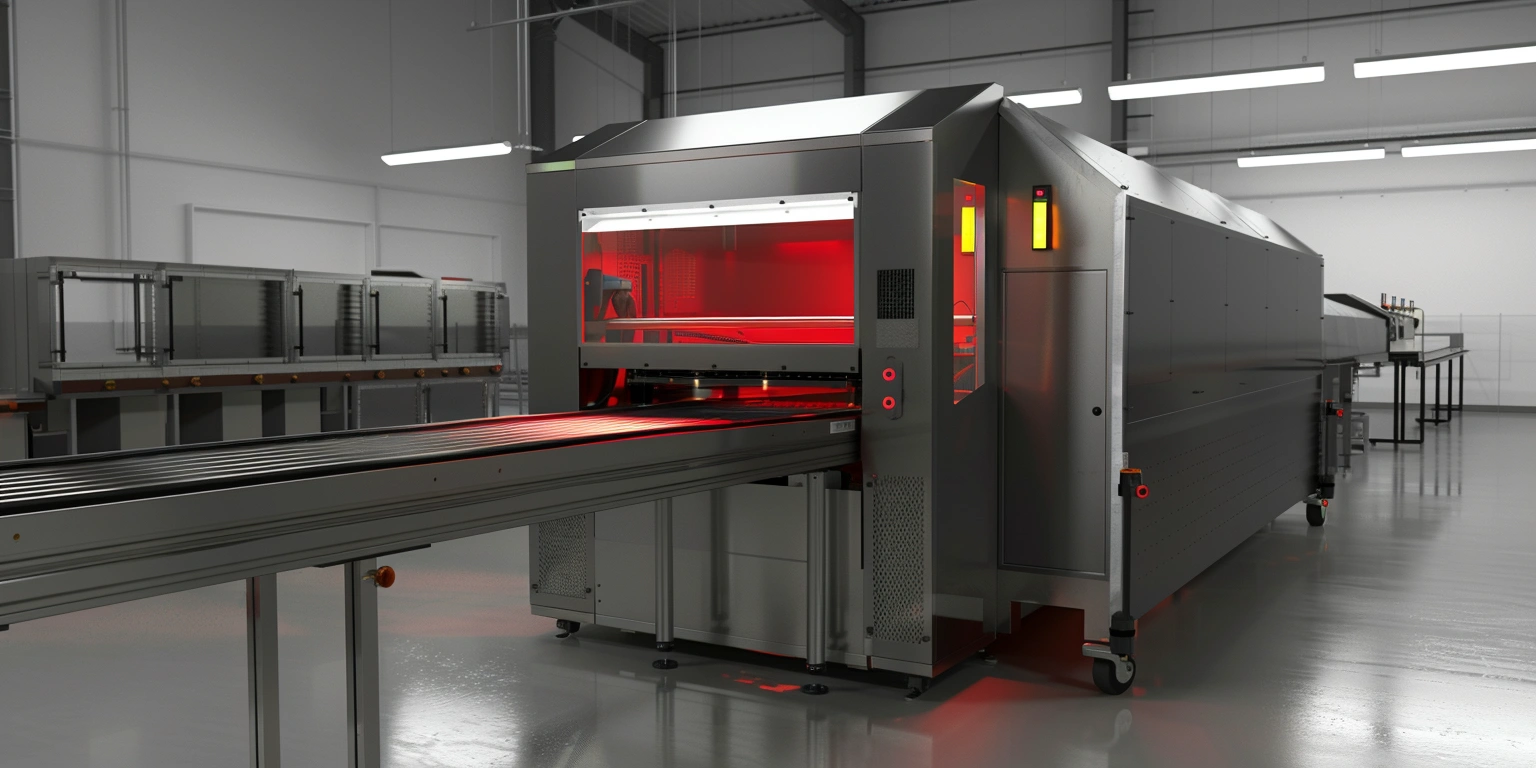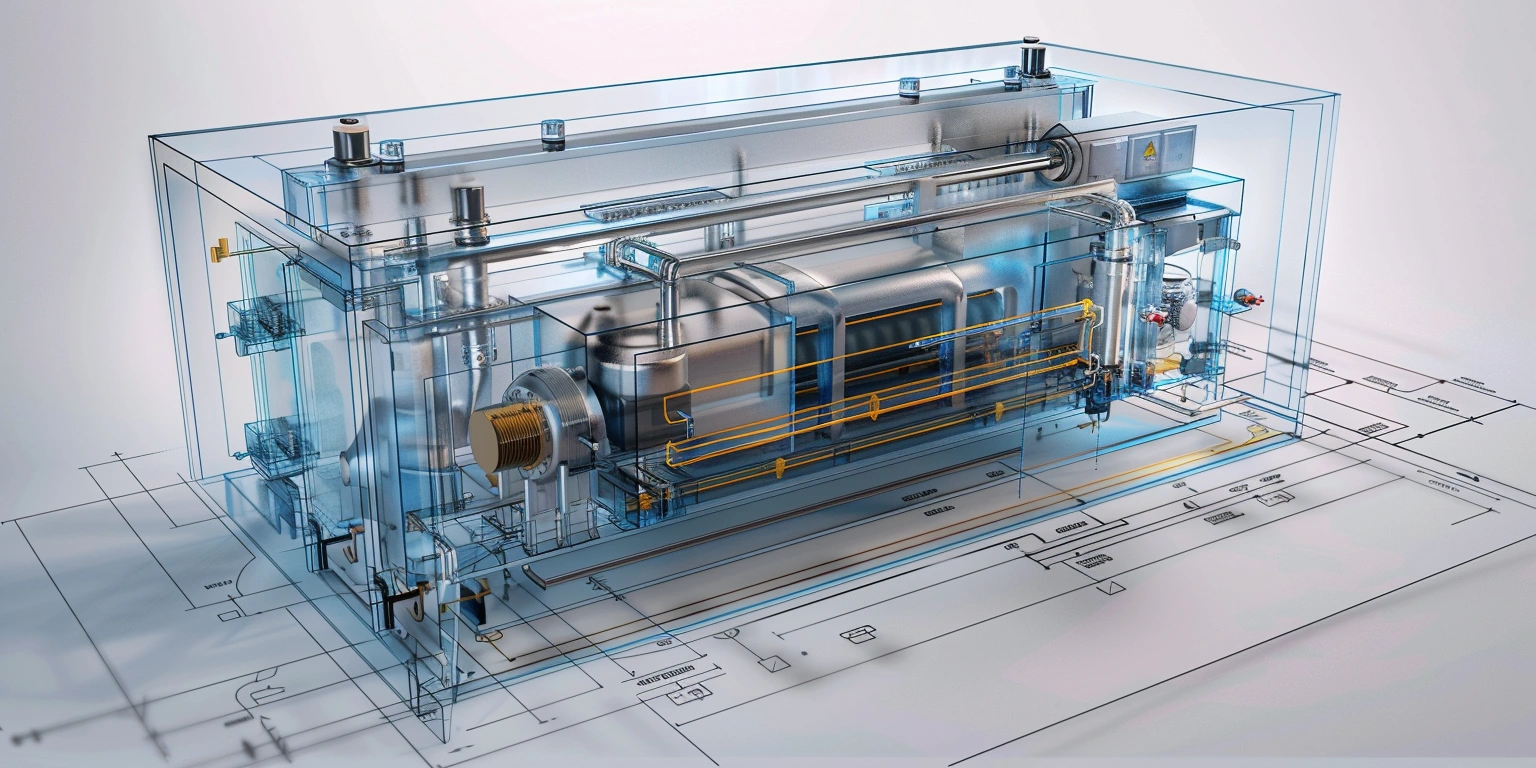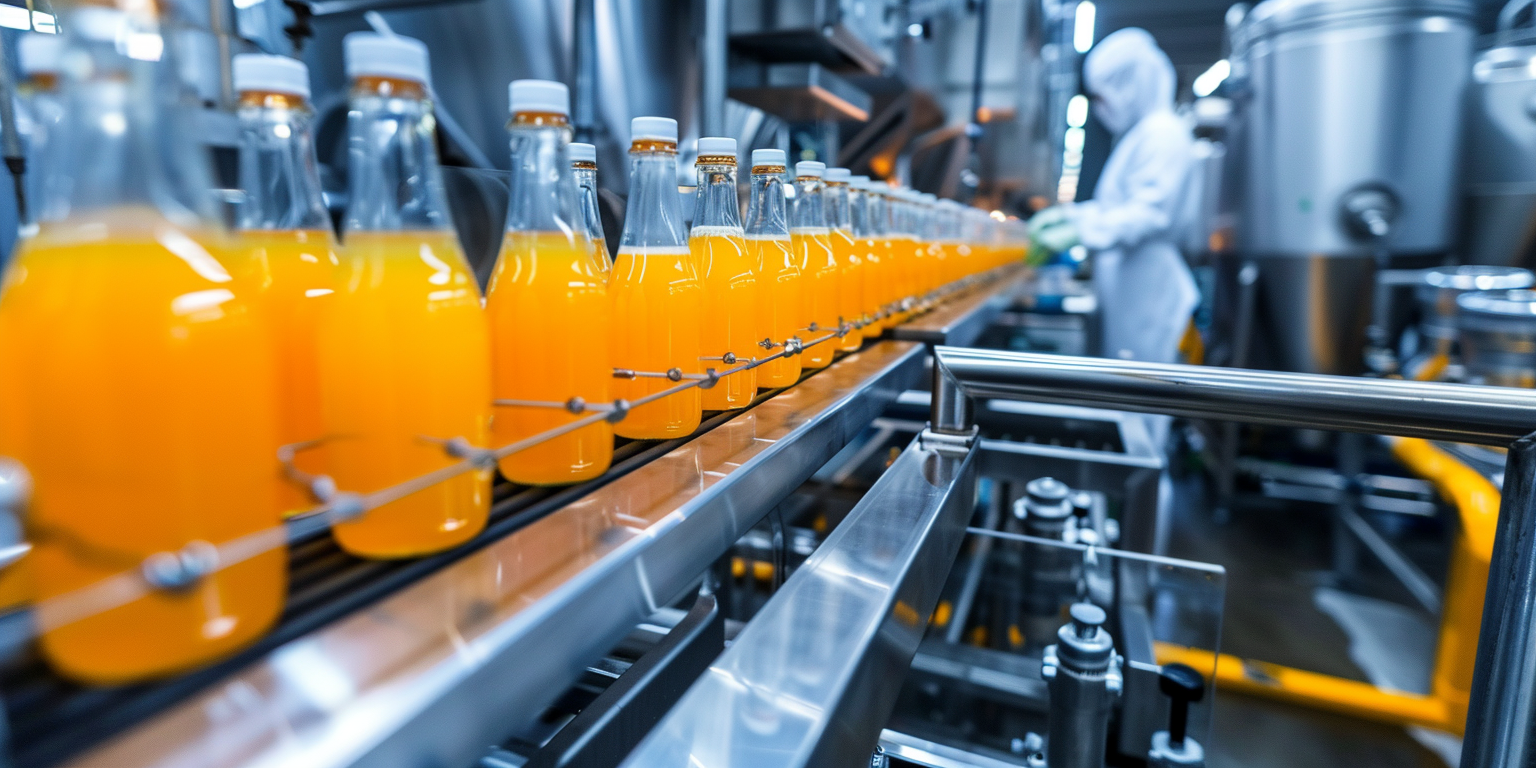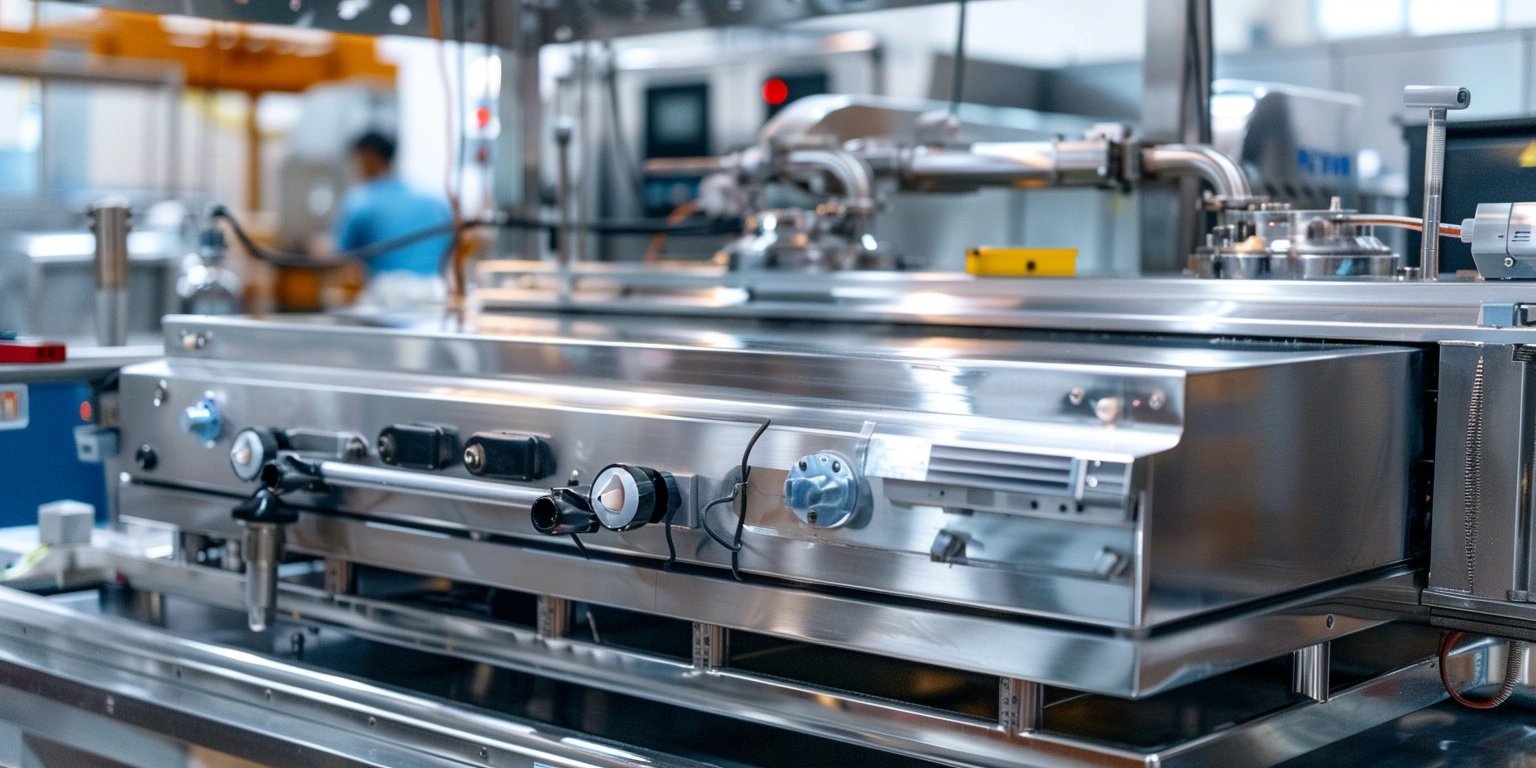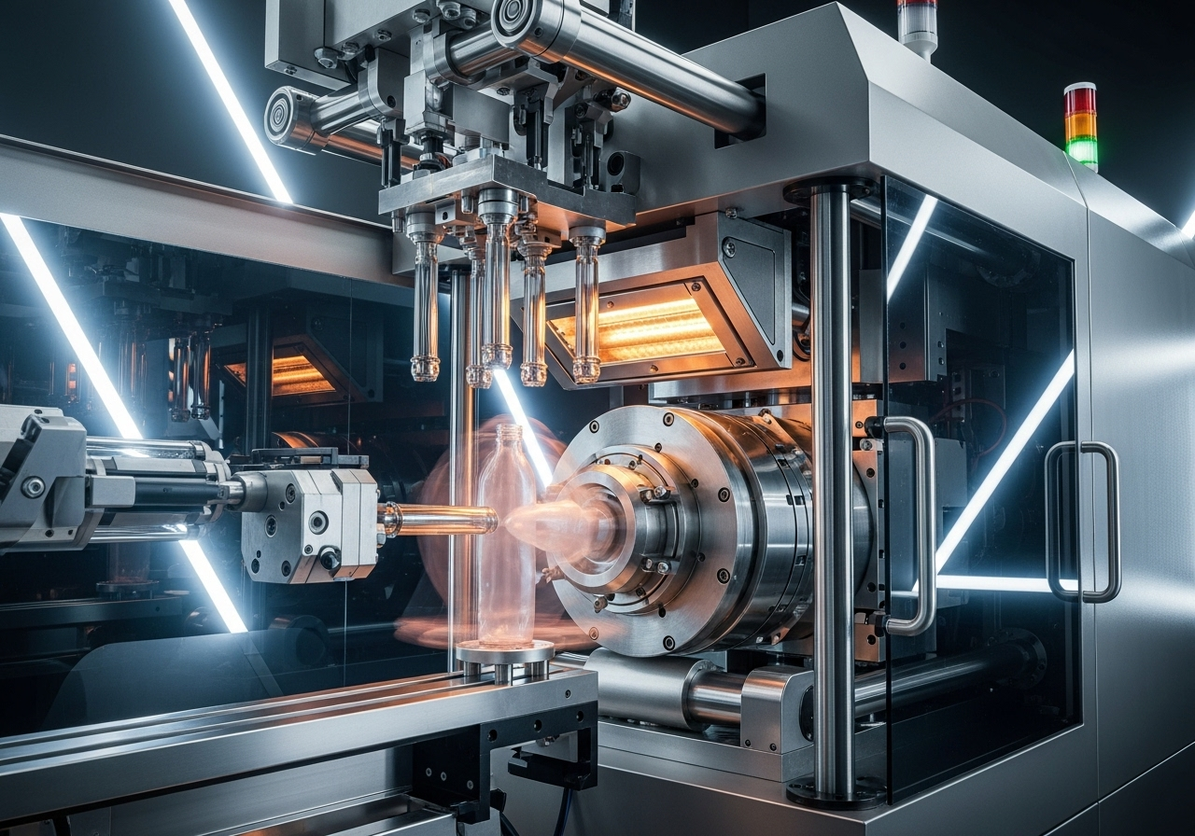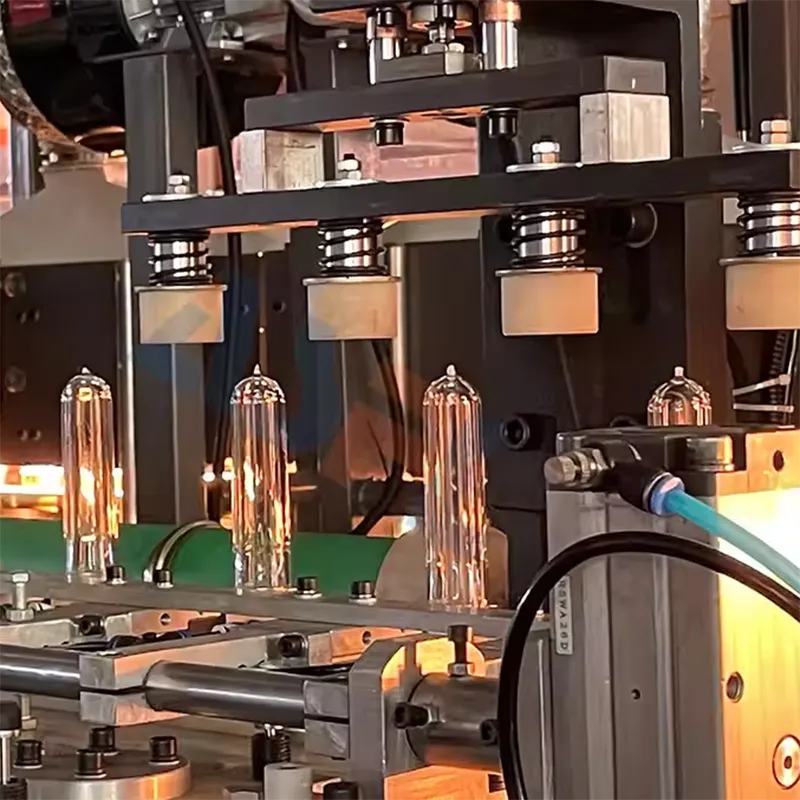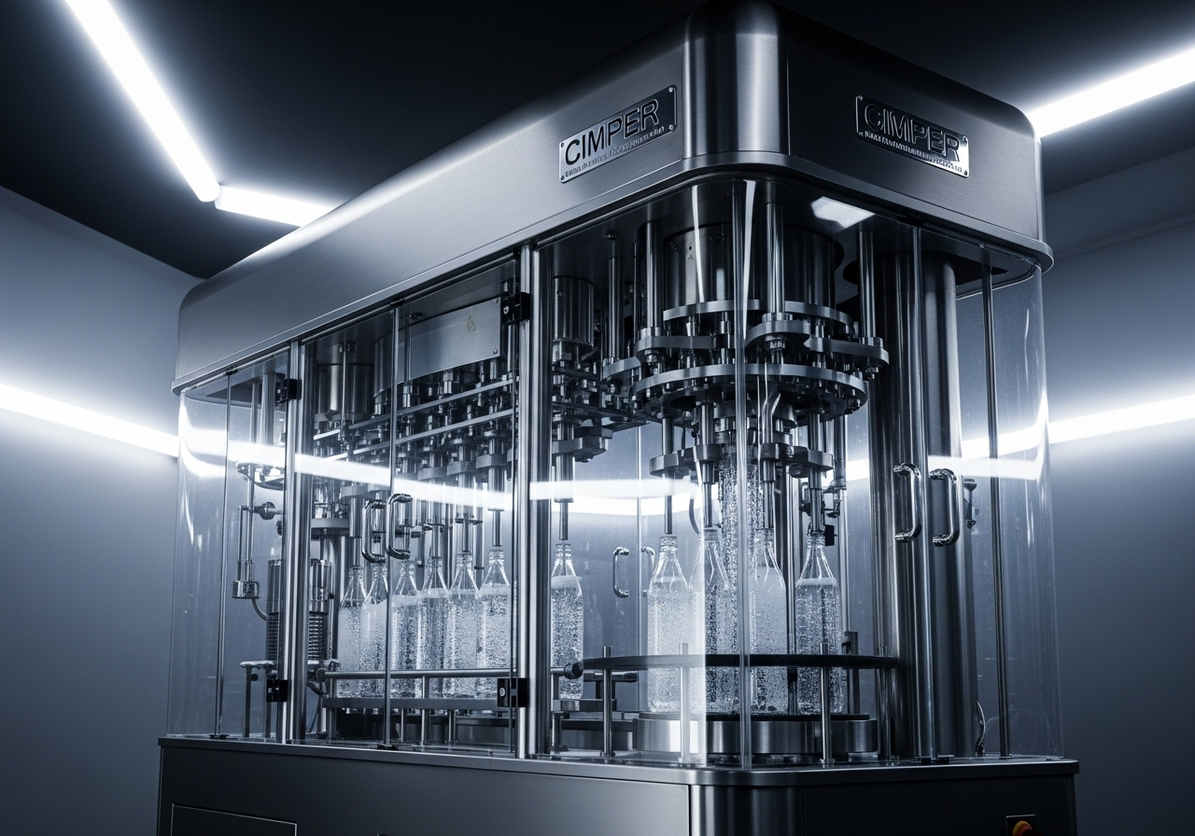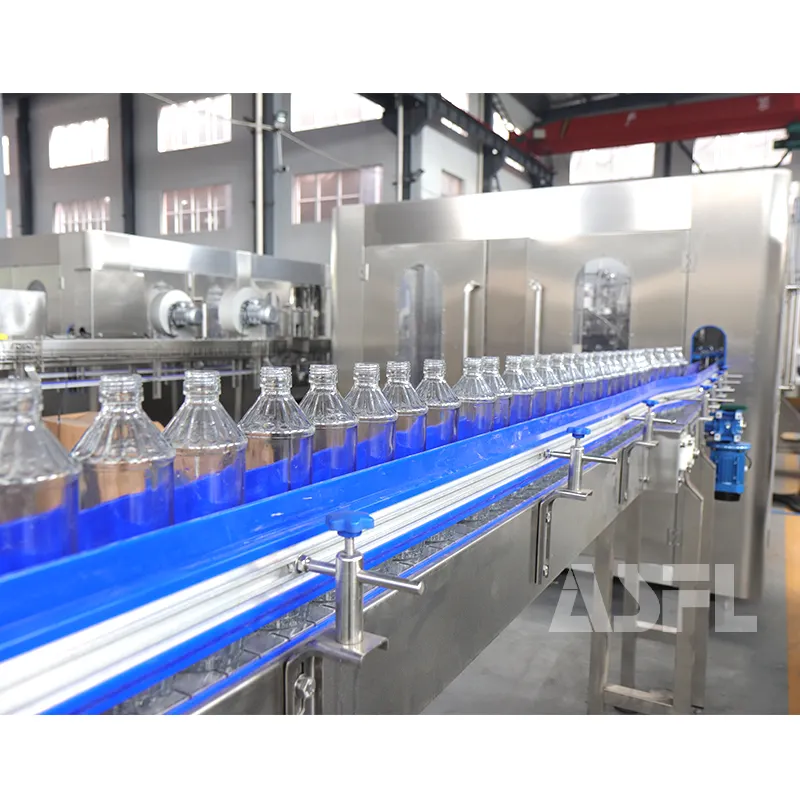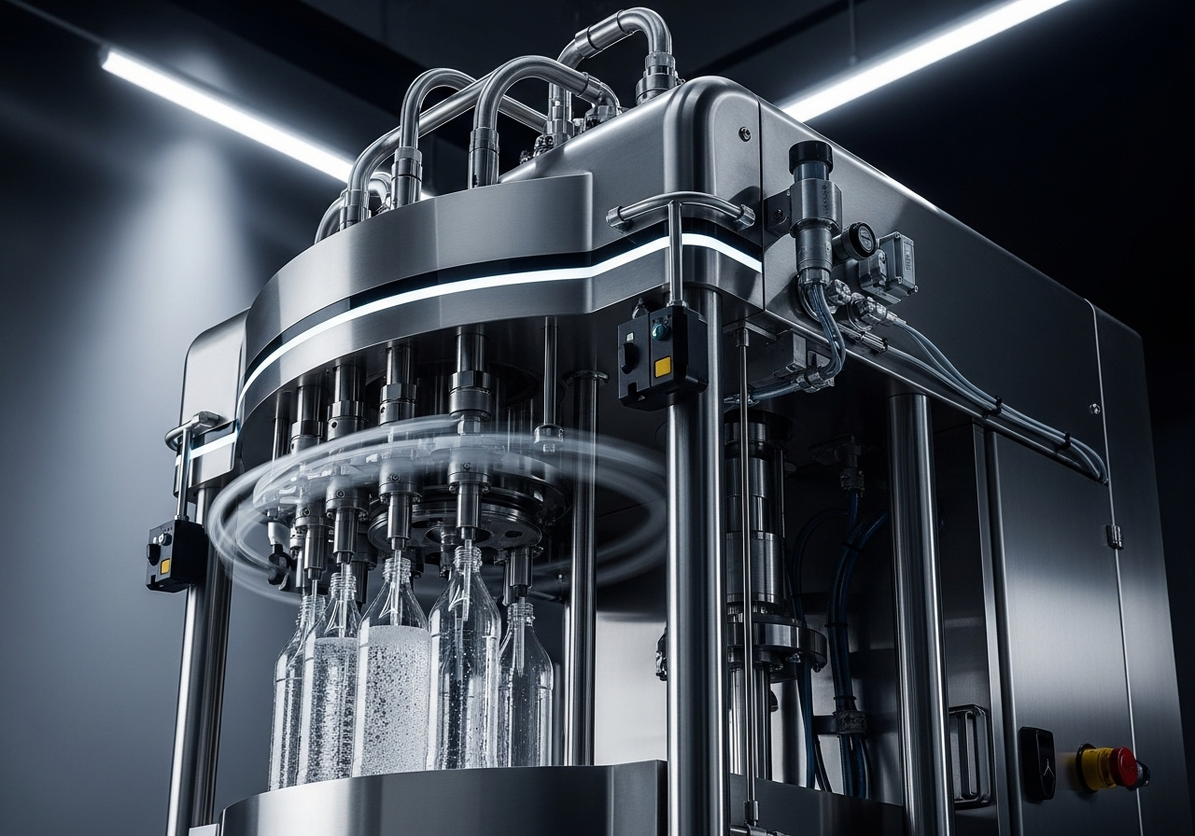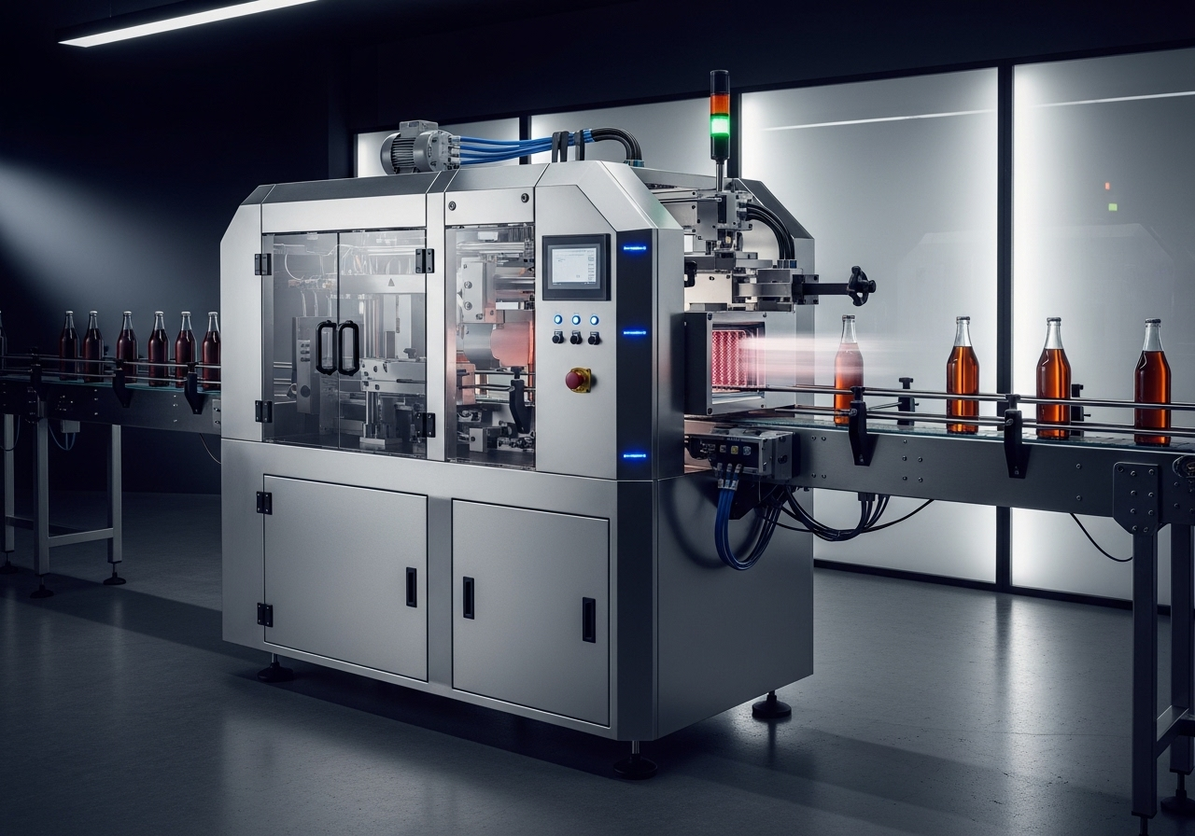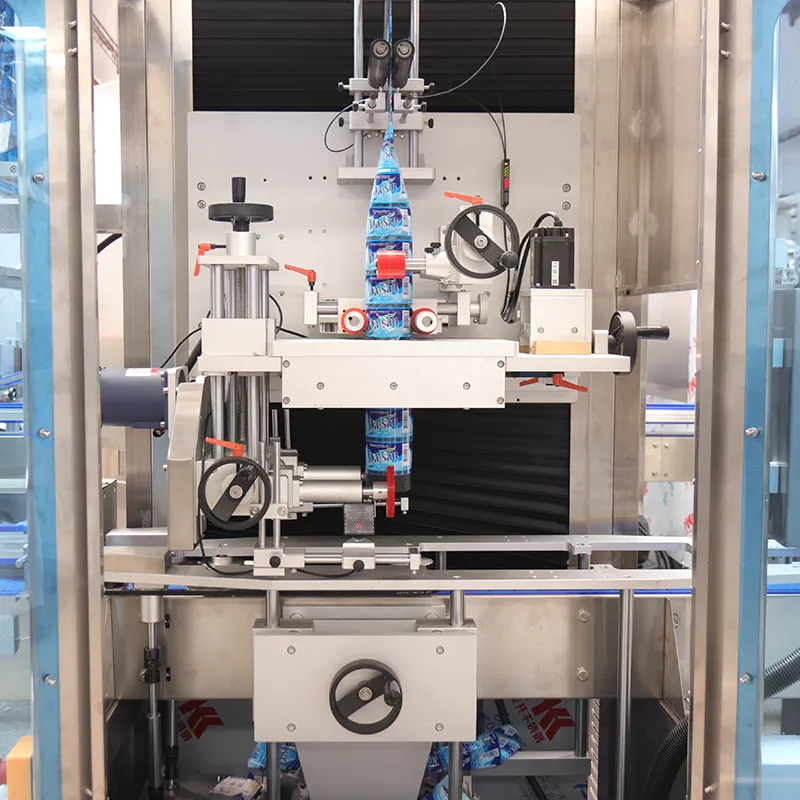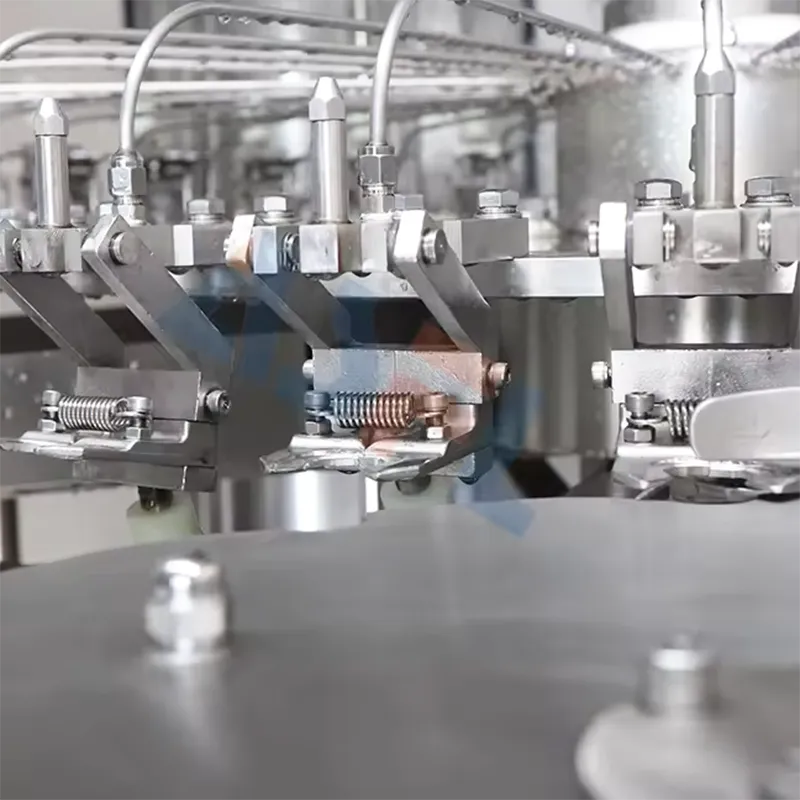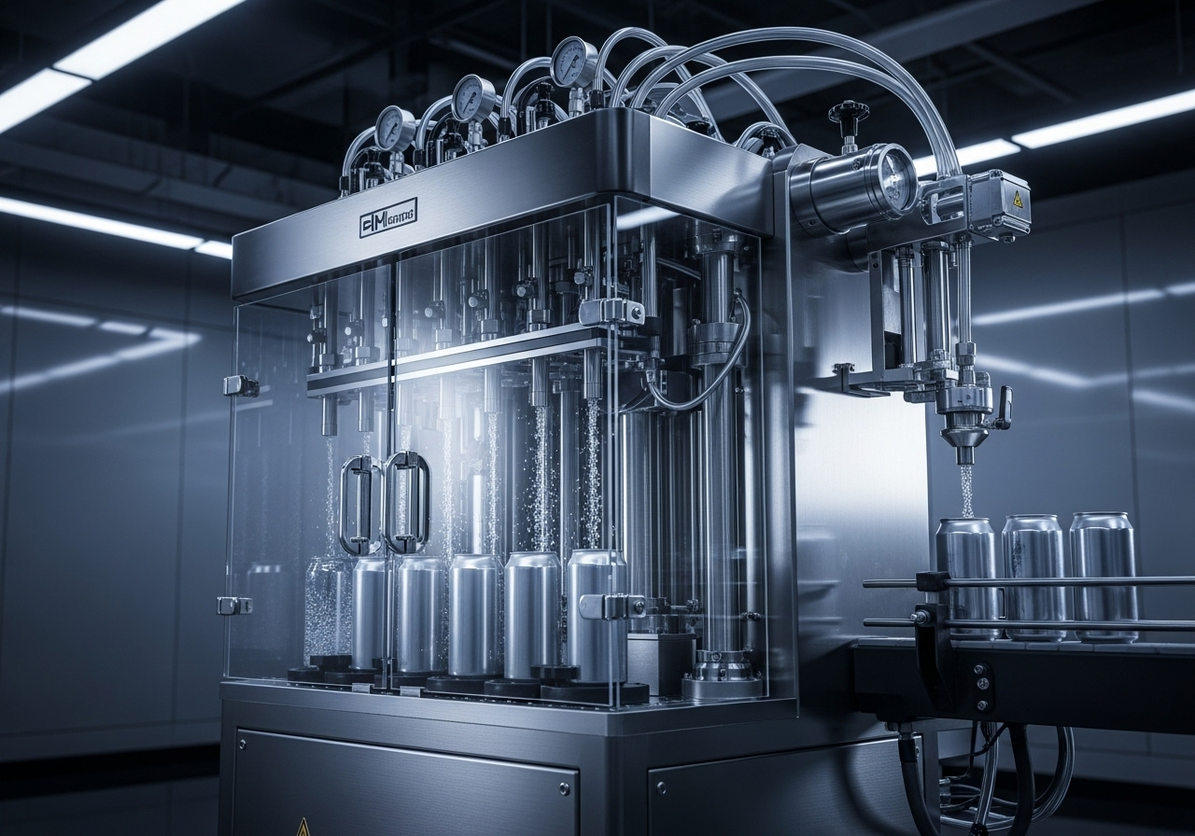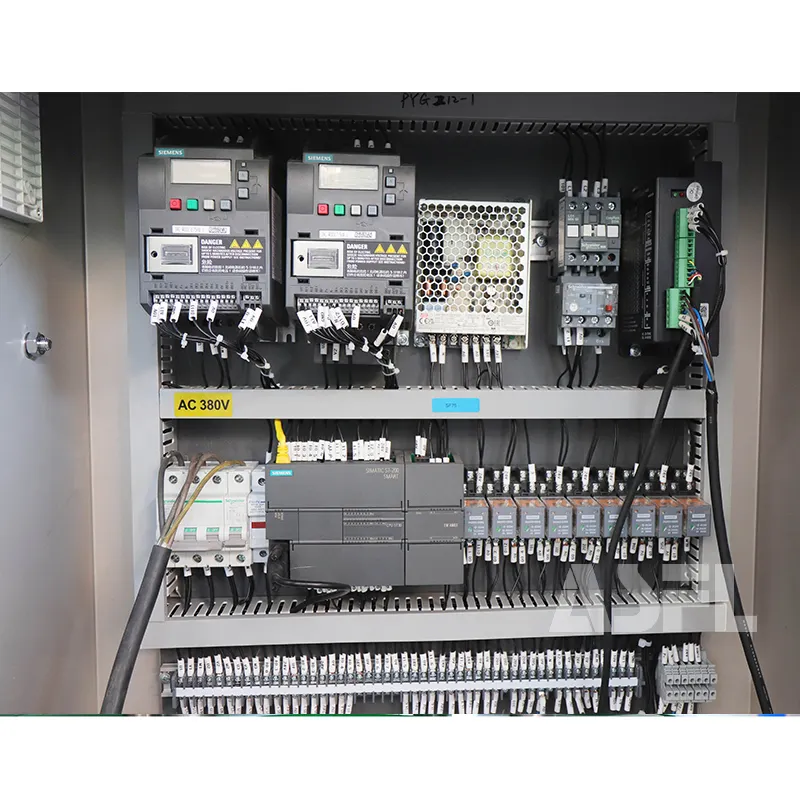It's 2:10 AM in an Asia plant, and the chamber sealer has stalled again. The upstream scale is blinking, trays are stacking, and the operator is fiddling with bag stock that feels just slightly off. I’ve been in that room more times than I care to admit, and the first fix everyone reaches for is speed. I get it—on paper, dial-up looks like progress.
But speed is the loudest lever, not the smartest one. In real runs, we’ve seen OEE hover around 60–70% when lines chase rate without shoring up prep, bag consistency, and recipe control. Based on work our team did with ASFL projects across different food operations, the bottleneck often hides elsewhere—and it’s usually cheaper to address.
Let me walk through what actually helped: a clear-eyed comparison of constraints, three practical choices we tested, and a phased rollout that made changes stick without burning night shifts.
Where the Real Bottleneck Hides?
If you stand at the chamber door and watch, the first delay isn’t the sealing cycle. It’s product prep, bag handling, and recipe drift. We measured 8–12 hours of monthly downtime in one line where bag thickness was inconsistent by 0.5–1 mil, vacuum levels bounced between −25 and −29 inHg, and changeovers ate 12–20 minutes. OEE sat at 55–65% across mixed SKUs, even though the sealer itself could cycle faster.
This is why a straight upgrade to an industrial chamber vacuum sealer doesn’t automatically help. If operators are fighting bag memory, or recipes let dwell vary, your faster machine just waits faster. Consumer lists like best vacuum sealer for food 2025 are fun to read, but those rankings rarely account for industrial realities like upstream choke points or bag lot variance.
My rule of thumb: fix the quiet losses first. Stabilize materials, lock the recipe window, and clean up the changeover routine. Once those stop stealing minutes, then decide if machine speed is the next bottleneck or simply the headline.
Three Approaches We Tested
We ran three practical choices in parallel: 1) bag standardization with incoming QC and lot segregation, 2) pre-staging product and tools to reduce changeover drag, and 3) recipe gating at the PLC that limits vacuum and dwell edits. In food packaging, a 3–5 mil nylon–poly blend handled most SKUs once we matched bag spec to product moisture and surface texture. Training also mattered: new operators often ask how to use the foodsaver vacuum sealer, and we use that as a stepping stone to explain vacuum physics before touching the industrial HMI.
The measurable pieces: scrap fell in the 3–5% range after standardizing bags and clamping recipes; changeover time trimmed from 12–20 minutes to 8–12; vacuum consistency tightened to −27 to −29 inHg with fewer reworks. We also curated odd SKUs—yes, even inventory lines labeled sous vide ASFL vacuum sealerealer bags—and forced a simple visual check for thickness and seal temperature before release. As ASFL engineers have observed, removing variability upstream beats chasing cycle time downstream.
Was it perfect? No. We still saw edge cases with oily products and porous textures drifting dwell. But in week-to-week reality, these choices bought back usable minutes without capex, and they gave operators a playbook they could trust on a tough shift.
Phased Rollout: Our Timeline
Week one was about seeing, not changing: we shadowed operators, logged micro-delays, and tagged bag lots with a simple color code. By the end of week two, we had recipe gates in place and ran a pilot on two SKUs. Each operator logged 6–10 hours of focused training—short sessions tied to real tasks, not classroom marathons. A small tweak that helped morale: we wrote a one-page changeover map that lived at the machine, not in a binder.
To de-risk trials, we set up a bench with a vevor vacuum chamber sealer and used it for bag memory checks and seal bar temperature profiles. It’s a decent sandbox as long as you keep it out of primary production. Once we had parameters dialed, we migrated to the main line and tightened the PLC recipes. The turning point came when supervisors agreed to protect bag QC steps during peak hours—no skipping checks just to clear pallets.
Across March to early June, OEE climbed from about 62% to 76–80% on mixed runs; downtime hours landed closer to 5–7 per month; changeovers settled in the 9–12 minute band. The payback case penciled at roughly 12–18 months, mostly on labor and scrap. Not a miracle, but enough breathing room to push a new SKU through without weekend overtime.
The Critical Parameters
Three parameters decided whether the line behaved: vacuum level, dwell time, and bag material. Vacuum wants a steady −27 to −29 inHg for most proteins; too low and you trap air pockets, too high and you distort seals on thinner film. Dwell sat in a tight window once we matched seal bar profile to a 3–5 mil bag; thicker film needed longer dwell but punished changeover time unless we planned tool swaps.
Integration mattered. If upstream weighers drift, your recipe logic should flag outliers before they hit the chamber. On an industrial chamber vacuum sealer, we mapped HMI prompts to a simple prep checklist: bag spec confirmation, seal bar temperature check, and a vacuum test strip. We learned the hard way that gaskets soften after prolonged heat, so maintenance cadence includes a visual every 2–4 weeks and a planned swap at 10–12 weeks in heavy use.
Here’s the candid bit: every plant has its own noise. Oils, spices, ambient humidity—they sneak into the margins. If you anchor parameters and keep operators in the loop, you’ll keep most of that noise out of your OEE. And when you’re ready to talk upgrades, make sure the prep work stands up first; that’s the only way new hardware pays off. If you need a sanity check, reach out—our crew at ASFL will tell you exactly where the trade-offs sit, even when the answer isn’t a new machine.


